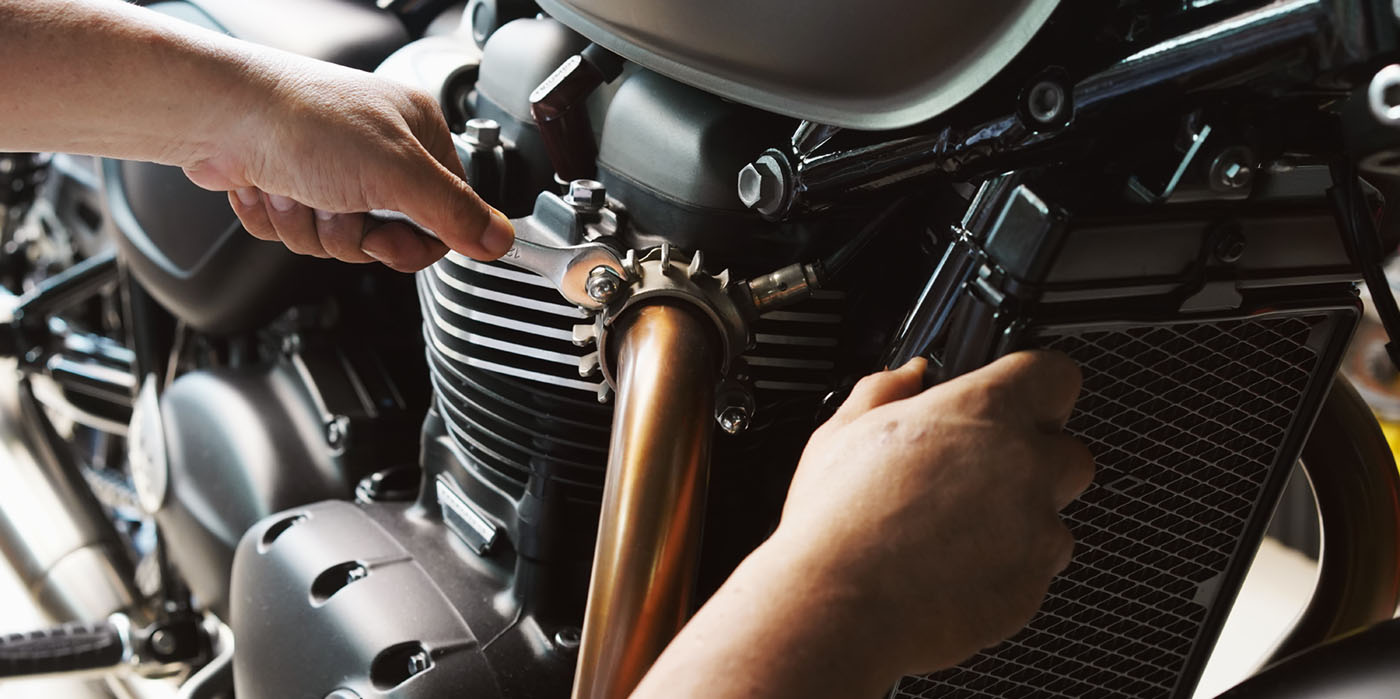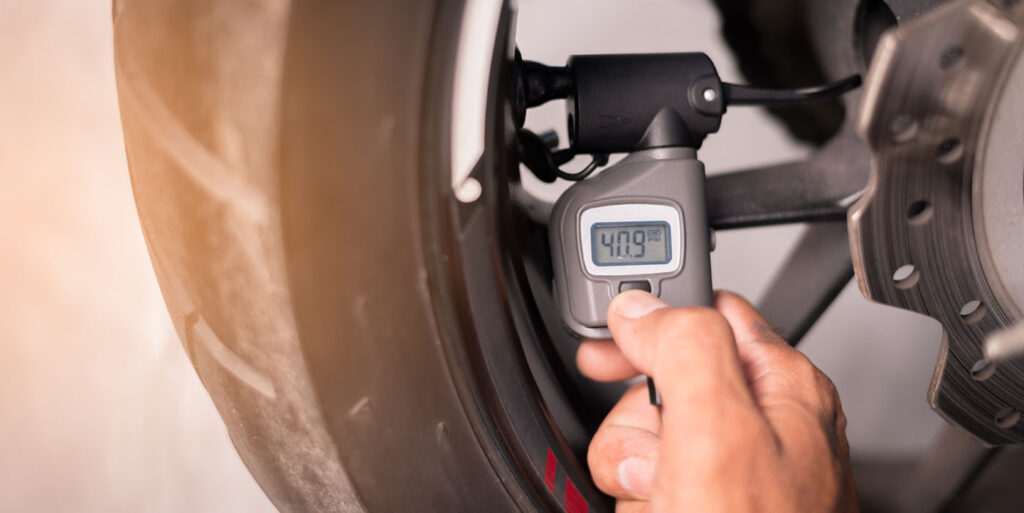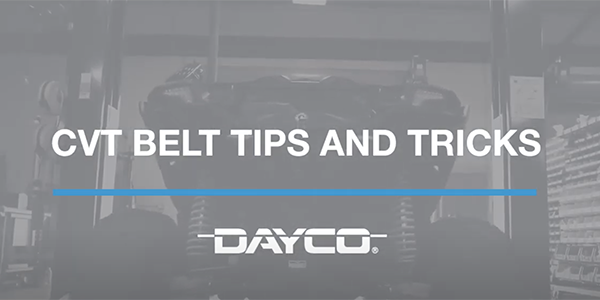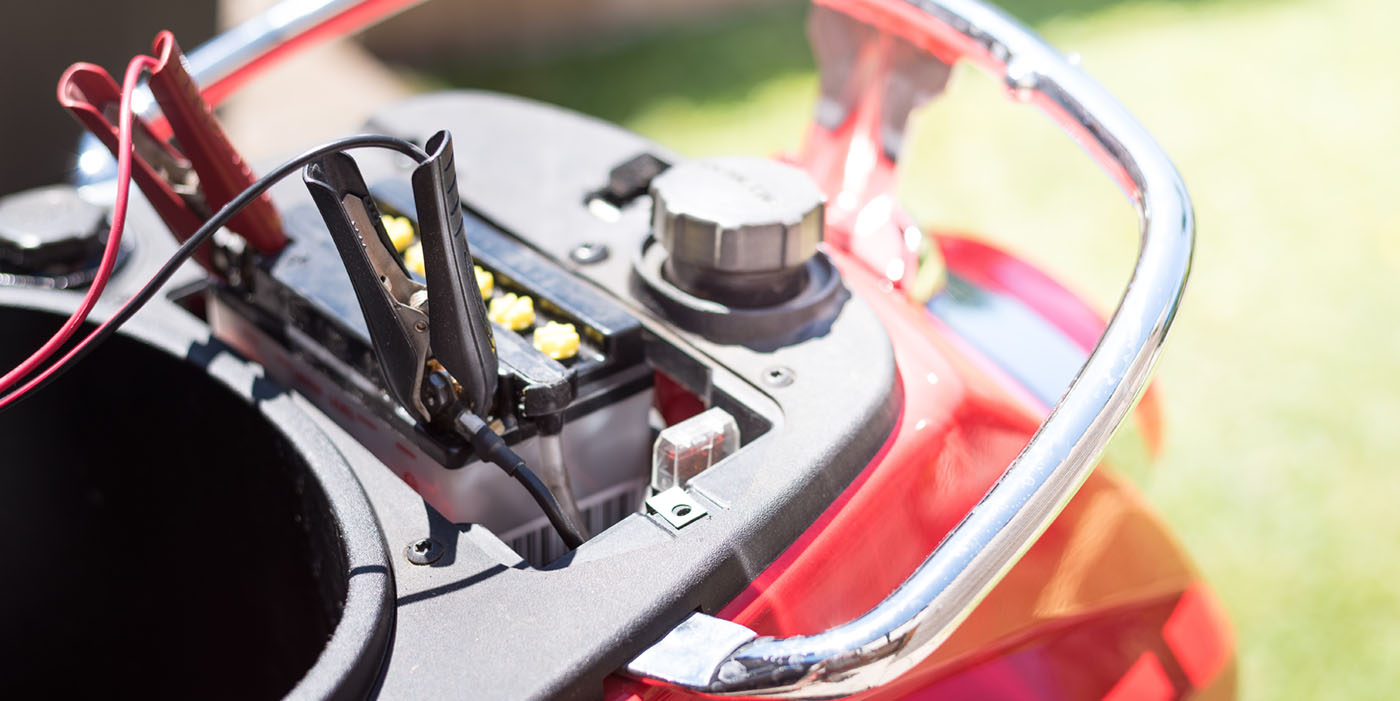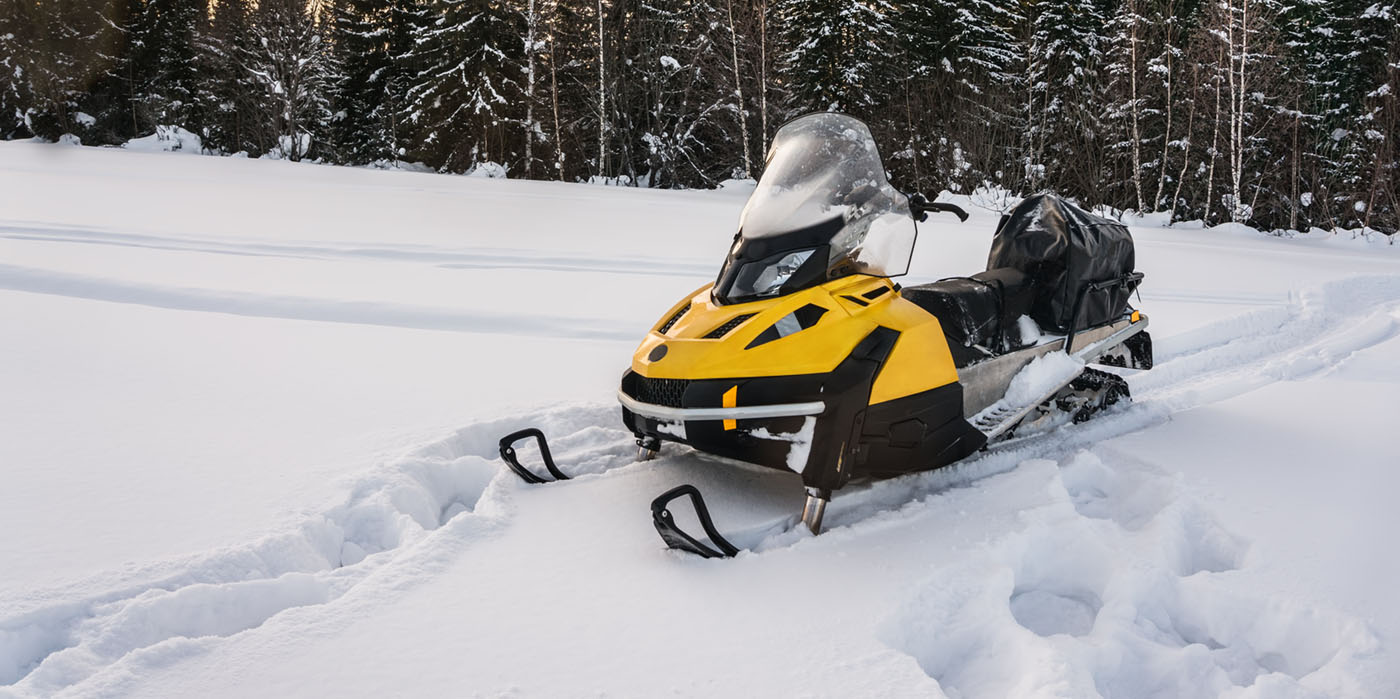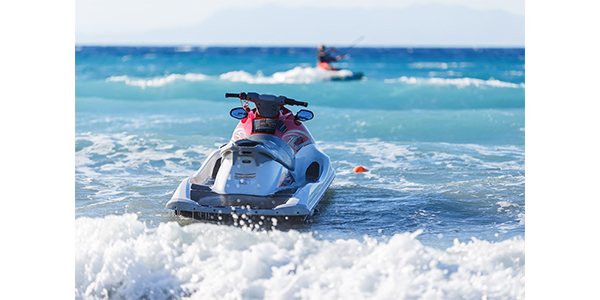Now that winter is behind us and warmer days are approaching, it’s time to get your powersports vehicle ready for some fun. Yuasa Battery Inc. recommends that owners take these steps to ensure their battery is fresh and ready for 2015.
(Note: Whenever working around batteries, it is important to use the proper safety equipment, including eye protection and gloves. Avoid having skin or clothes come in contact with electrolyte.)
• Inspect the battery’s exterior for any signs of damage or extraordinary wear that may have occurred while in storage. If you have any concerns about the condition of your battery, seek the advice of a mechanic or a battery specialist.
• Upon determining there is no evidence of damage, check the electrolyte levels if it is a conventional (vented) battery. The level of electrolyte must be maintained above the minimum and at or below the maximum level line on the side of the battery. Check this level only when the battery is on a flat, level surface. If you need to increase the level, carefully add distilled water, avoiding any overfilling.
• If you have an AGM battery (also referred to as VLRA or Maintenance Free) you do not need to maintain the electrolyte levels. AGM batteries must never be opened once in service or permanent damage and failure will occur.
• Check the state of charge. Make sure the battery has the proper state of charge by using a good automatic charger (such as the Yuasa 1 amp) and allow it to charge until complete. Let the battery sit for at least 2 hours before performing any further tests to allow the voltage to settle.
After charging, connect a voltmeter to the battery terminals. A fully charged AGM battery should read 12.8-13.0 volts. Conventional batteries have slightly lower open circuit voltages: 12.6 volts (12.8 volts with Sulfate Stop) for a fully charged battery. Readings lower than these may indicate a defective battery. Seek the advice of a mechanic or a battery specialist.
Also note that while the open circuit voltage test will spot many bad batteries, it is not conclusive. It is possible to have a fully charged battery as indicated by the open circuit voltage test that will not start a powersport vehicle reliably. A load test must be performed to determine actual battery performance after charging.
• If the battery was removed for storage, reinstall it in the vehicle. Examine the cables for fraying or corrosion. Replace if necessary. Reattach the cables, positive first then negative.
• Check the vehicle charging system. Connect the voltmeter leads directly to the battery (red to positive and black to the negative terminals). Read the open circuit voltage and start the engine. Operate the engine between 3000 and 4000 rpm while watching the reading on the voltmeter. If the vehicle’s charging system maintains voltage between 13.5 -14.5 volts, the charging system is probably working properly. If voltage is the same as open circuit voltage (usually less than 13 volts), the charging system is not working, and further diagnosis will have to be performed.
For more information: www.yuasabatteries.com.




